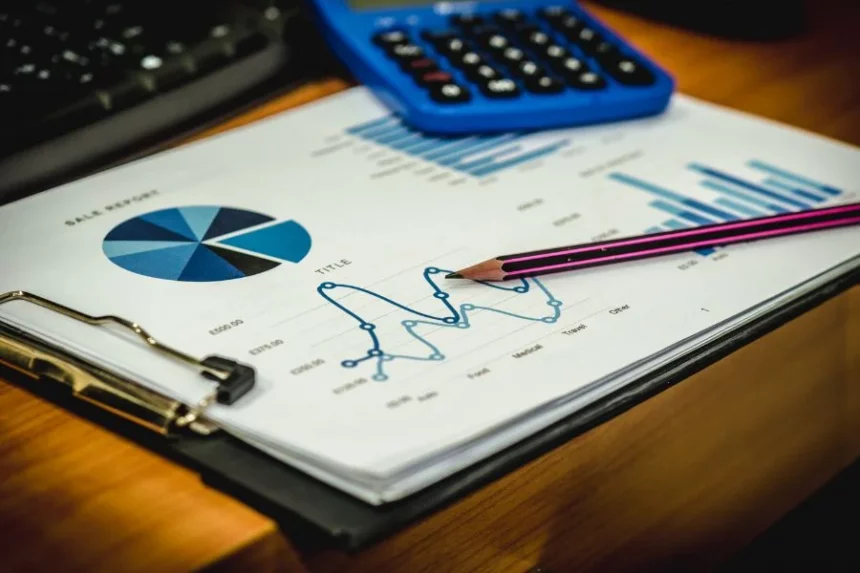Have you ever wondered how statistics and probability help us make decisions? Do you want to learn more about these topics, but don’t know where to start? If so, this beginner’s guide to probability and statistics is the perfect place to begin your journey. Probability and statistics are powerful tools to help people understand the world around them. They allow us to make informed decisions based on data and information. In this guide, we will explore the basics of probability and statistics, including definitions, concepts, and how to use them in everyday life. We will also discuss the various ways to approach and analyze data, as well as how to interpret the results. With this guide, you will gain a fundamental understanding of probability and statistics and be able to use them to make informed decisions.
Definition of Probability And Statistics
- Probability: When we talk about probability, we are referring to the likelihood that something will happen. For example, the probability that it will rain tomorrow is 50%. This indicates that there is a 50% chance of rain tomorrow. Probability is used to quantify and calculate the likelihood of something occurring, whereas statistics is used to understand the data and information behind that probability.
- Statistics: Statistics is the process of measuring and interpreting data related to a certain phenomenon. It allows us to analyze information and make conclusions based on that data. For example, we may have collected data on the average coffee consumption per person per day. We can use this information to make conclusions, such as that the average person consumes one cup of coffee per day. Statistics includes various tools and models that can be used to collect data, organize and process it, and then interpret it.
Types of Data
- Quantitative Data: Quantitative Data is data that can be measured, such as height, weight, age, and money. These types of data can be expressed using numbers and statistics. Quantitative data is often used in conjunction with probability and statistics.
- Categorical Data: Categorical data is data that is measured in terms of categories rather than numbers. For example, if we wanted to measure the number of people who drink coffee, we might categorize the people as “coffee drinkers” and “non-coffee drinkers.” This type of data cannot be used with probability and statistics.
Descriptive Statistics
- Descriptive Statistics is the process of collecting and analyzing data to describe it. It is used to summarize data and find out what it looks like, including the average and the spread of the data.
- The average of data is a way to describe the data by finding the middle point and then averaging all of the data points together. The average could be calculated in two ways: the mean and mode. The mean is the average of all the data points added together and divided by how many data points there are. The mode is the most common data point.
Probability
- Probability is the likelihood that something will happen. For example, the probability that it will rain tomorrow is 50%. This indicates that there is a 50% chance of rain tomorrow. Probability is used to quantify and calculate the likelihood of something occurring.
- Probability is often represented as a graph or a line. The y-axis shows the probability, while the x-axis shows a certain event. The curve connecting these points is known as the probability distribution.
Conditional Probability
- Conditional Probability is the likelihood that something will happen given that something else has happened. For example, the conditional probability that it will rain tomorrow given that it is currently raining is 100%. This indicates that there is a 100% chance of rain tomorrow given that it is currently raining.
- Conditional probability can be represented as a graph or a line.
Bayes’ Theorem
- Bayes’ Theorem is a formula to find the conditional probability of an event given specific conditions. It can also be used to find the probability of a specific event given certain conditions.
- Bayes’ Theorem is represented as a graph and can also be written as a line.
Hypothesis Testing
- Hypothesis Testing is the process of making a prediction and then collecting data to see if it holds true.
- It can be used to determine whether a certain event is significant or not. By collecting data and comparing it to a certain expectation or hypothesis, we can determine if the data is significant.
Inferential Statistics
- Inferential Statistics is a method of collecting data and then making generalizations based on it. It is used to make conclusions and predictions, such as the average coffee consumption per person per day.
- It is often used to evaluate data or make conclusions with a sample of a specific population. This type of analysis allows us to make very accurate and precise predictions without needing to use the entire population.
Correlation and Causation
- Correlation: Correlation is a relationship between two events where one event occurs with the other more frequently than would be expected by chance.
- Causation: Causation is when one event is directly responsible for another.
Applications of Probability and Statistics
- Probability and statistics can be used in almost every field.
- For example, probability and statistics are used in business to determine pricing, marketing, and supply and demand.
- Probability and statistics are also helpful in science, such as in the fields of Biology, Chemistry, and Physics.
- In the social sciences, including Psychology, Sociology, and Political Science, probability and statistics are used to gather data.
- Finally, in the humanities, including English, History, and Philosophy, probability and statistics are used to interpret data and information. Probability and statistics can be applied to every area of life. They are useful and important tools that can help us make better decisions and understand the world around us. With this guide, you will gain a fundamental and practical understanding of probability and statistics and be able to use them to make informed decisions.








